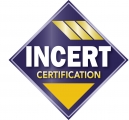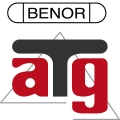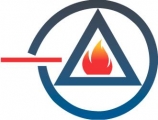ANPI inspects, checks, approves and periodically tests deluge extinguishing systems.
Deluge systems (automatic water-based extinguishing systems) are fixed systems which use water as a firefighting method. They are designed (according to the type of nozzle used) to put out the fire (Suppression/Extinguishing Mode) and also to ensure cooling or separation actions between non-divided zones (water curtains). These systems are composed of a calculated pipe network which spans the entire building, on which deluge heads are mounted at prescribed distances and on certain surfaces. When not in use, the pipe lines are located downstream from the alarm station in ambient air.
The control station is triggered by an automatic fire detection system or sprinkler network, and as soon as the station is triggered, water is distributed over the risk area.The control station is connected to one or more appropriate and reliable water sources via a supply duct.
The owner of a water spray extinguishing system may refer to one of the following regulations in its specifications:
- NFPA 15 "Standard for water spray fixed systems for fire protection, 2001 edition.
- Draft EN 14816 "Fixed firefighting systems - Water spray extinguishing system - Design and installation (in process of approval)"
What are your responsibilities?
Once you have a deluge protection system installed, it must be inspected twice a year by ANPI. Before its commissioning, its plans and calculation notes must be approved and acceptance testing must be conducted. Standards also call for a regular check of the hydraulic characteristics of the water supply (flow rate/pressure measurement), as well as an extensive inspection every 15 years.Experience has demonstrated the great importance of this extensive inspection (which may reveal clogged piping and nozzles).






